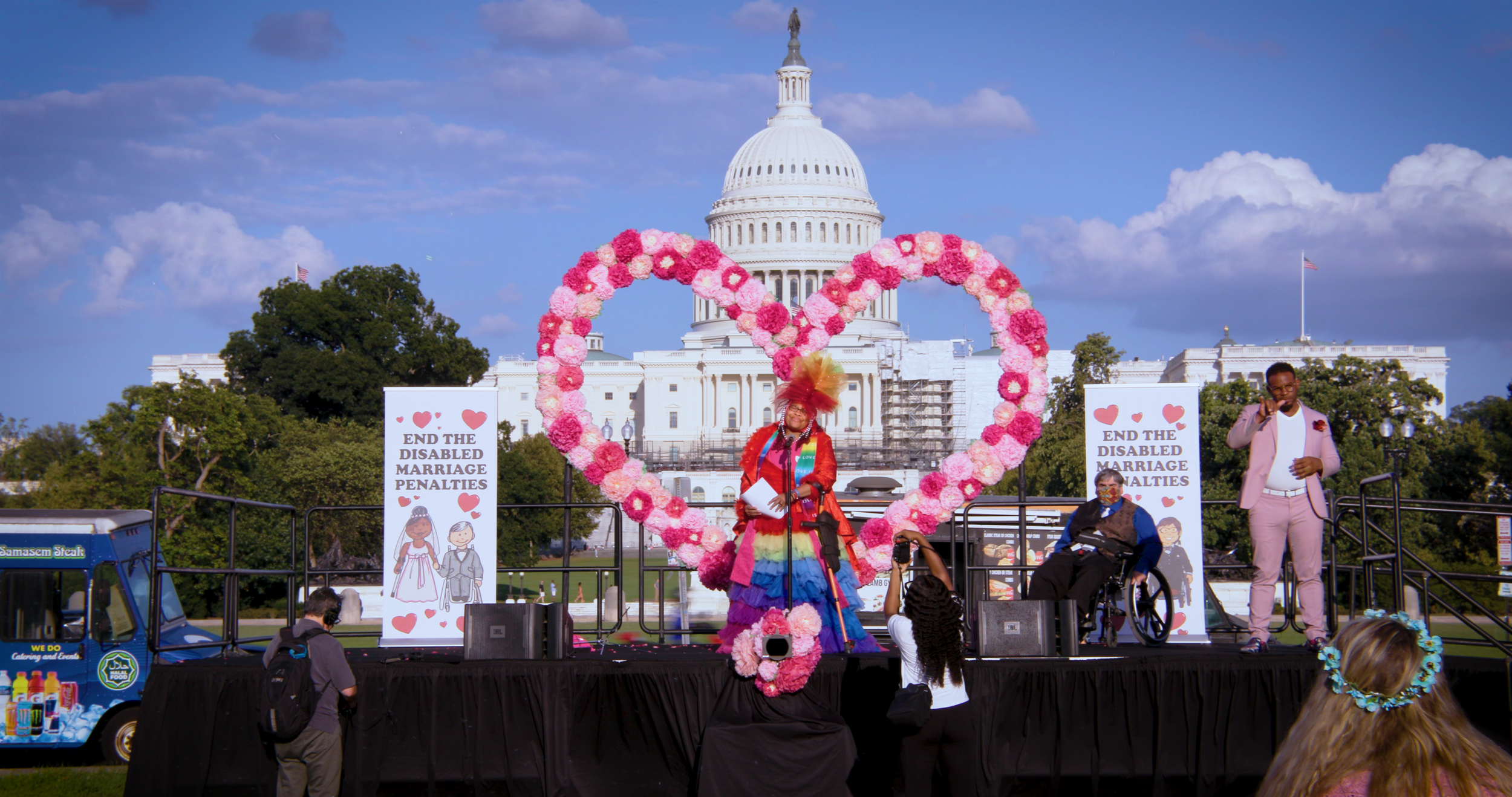Resources
One in four Americans are disabled (26%) and only 3.1% of characters on-screen are disabled. Source.
-
PATRICE: THE MOVIE is part of a “disability rebrand” in the tradition of films like Crip Camp which seek to not only center stories of disabled people but to move the storytelling lens from the “medical model” of disability to the “social model” of disability. The medical model of disability arose from the biomedical perception of disability. It links disability diagnosis to an individual’s physical body, supposing that this disability may reduce the individual’s quality of life and the aim is, with medical intervention, this disability will be diminished or corrected. The social model of disability is a way of viewing the world, developed by disabled people. The model says that people are disabled by barriers in society, not by their impairment or difference. The social model sheds light on the fact that the infrastructure of our systems was not created with disabled people in mind.
-
The film is also part of a movement to push away from “Inspiration Porn”. Coined by disability rights activist Stella Young, it refers to media representation where disabled people are considered inspirational by the simple fact of their having a disability.
-
Patrice’s disability is never actually mentioned directly in the film. It’s not that it’s a secret, she’s very open about it, but there is a movement away from automatic disclosure in the disability community. In that spirit the film only mentions people’s specific disabilities when it arises organically and is essential to know for the story.
-
Countries outside the US also have their own versions of disabled marriage penalties. Those countries include: Canada, England, Scotland, Ireland, and Australia.
-
In the United States it is still common to see the phrase, “handicapped vehicle”. Because of the pejorative historical uses of the word “handicap” there is now a move away from this language. The preference is to say, “wheelchair accessible vehicle” and to highlight that which was created with access for disabled people in mind.
THIS IS NOT A FILM ABOUT PEOPLE OVERCOMING DISABILITY. RATHER IT IS ABOUT DISABLED PEOPLE OVERCOMING THE SYSTEMIC BARRIERS THAT GET IN THE WAY OF LIVING A LIFE ON THEIR OWN TERMS.
DISABILITY LANGUAGE:
Disabled People or People with Disabilities:
While “disabled people” (identity first language) is more often preferred in Canada and The United Kingdom and “people with disabilities” (person first language) is more widely used in the USA both terms can be used interchangeably and are accepted.
Evolving Disability Language:
Avoid condescending euphemisms such as, “handi-capable” or “differently abled”. Instead use “disabled people” or “people with disabilities.”
In reference to people without disabilities avoid words such as “able-bodied”, “normal”, or “healthy”. Instead use “non-disabled”.
Outdated language to avoid: handicapped, retarded, psycho, lame, imbecile, crazy, and insane.
Filmmakers with Disabilities
See this glossary created by Filmmakers with Disabilities (FWD-Doc) for useful terms to know when writing about disability which was created in conjunction with our film’s executive Producer James LeBrecht and Producer Kyla Harris who are board members:
They’ve also create a more comprehensive toolkit for writing about disability and inclusion in film:









